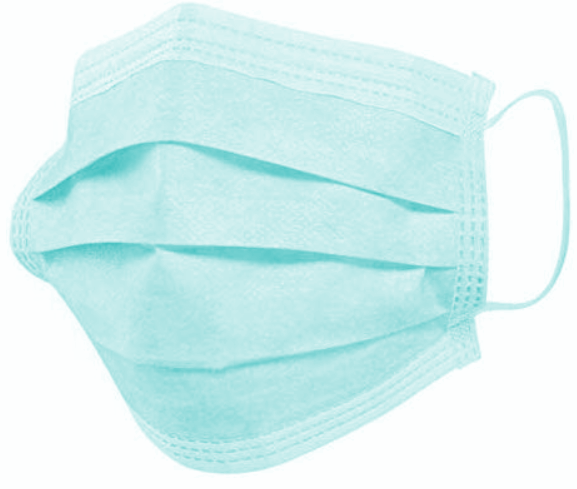Buddies boost PPE procedure
 Experts have proposed using a ‘buddy system’ to ensure healthcare workers put on their PPE correctly.
Experts have proposed using a ‘buddy system’ to ensure healthcare workers put on their PPE correctly.
In the COVID-19 era, using buddies may provide globally reliable access to monitoring, which is critical to keeping healthcare workers safe and preserving personal protective equipment (PPE) supplies, according to research in the Medical Journal of Australia.
Researchers led by Professor Reny Segal, a staff consultant anaesthetist at The Royal Melbourne Hospital and the University of Melbourne, designed 30 procedural scenarios (15 donning, 15 doffing) that included random errors in some procedural steps.
Four buddies (two onsite, two remote), unaware of the number and type of errors in each scenario, concurrently viewed and assessed each step.
The remote buddies viewed the procedures via videoconferencing on their computers.
The camera of the transmitting laptop computer was positioned so that the entire body of the person donning or doffing PPE could be seen. Procedures were live-streamed to the remote buddies via the hospital Wi-Fi network. The buddies were not permitted to communicate with each other or with the person donning or doffing PPE.
The study found that sensitivity (correctly identifying correct procedure) was close to 100 per cent for both onsite and remote buddies; specificity (correctly identifying incorrect procedure) was 98.9 per cent for onsite buddies and 94.5 per cent for remote buddies; overall accuracy was respectively 99.7 per cent and 98.7 per cent.
“Having a trained observer monitor PPE compliance is important for health care safety,” Dr Segal and colleagues wrote.
“The high level of accuracy and the agreement between onsite and remote buddies were encouraging.
“Apart from identifying errors, remote buddies could also provide step-by-step instruction in donning and doffing procedures, which could improve compliance and minimise contamination.”
Practical considerations for remote buddies include the need for reliable hospital network and internet connections, or a wired hardware system, to avoid disruption of monitoring, the authors detailed.
“As the remote buddy is unable to physically intervene when they identify an error, clear verbal communication is important,” the experts say.







 Print
Print